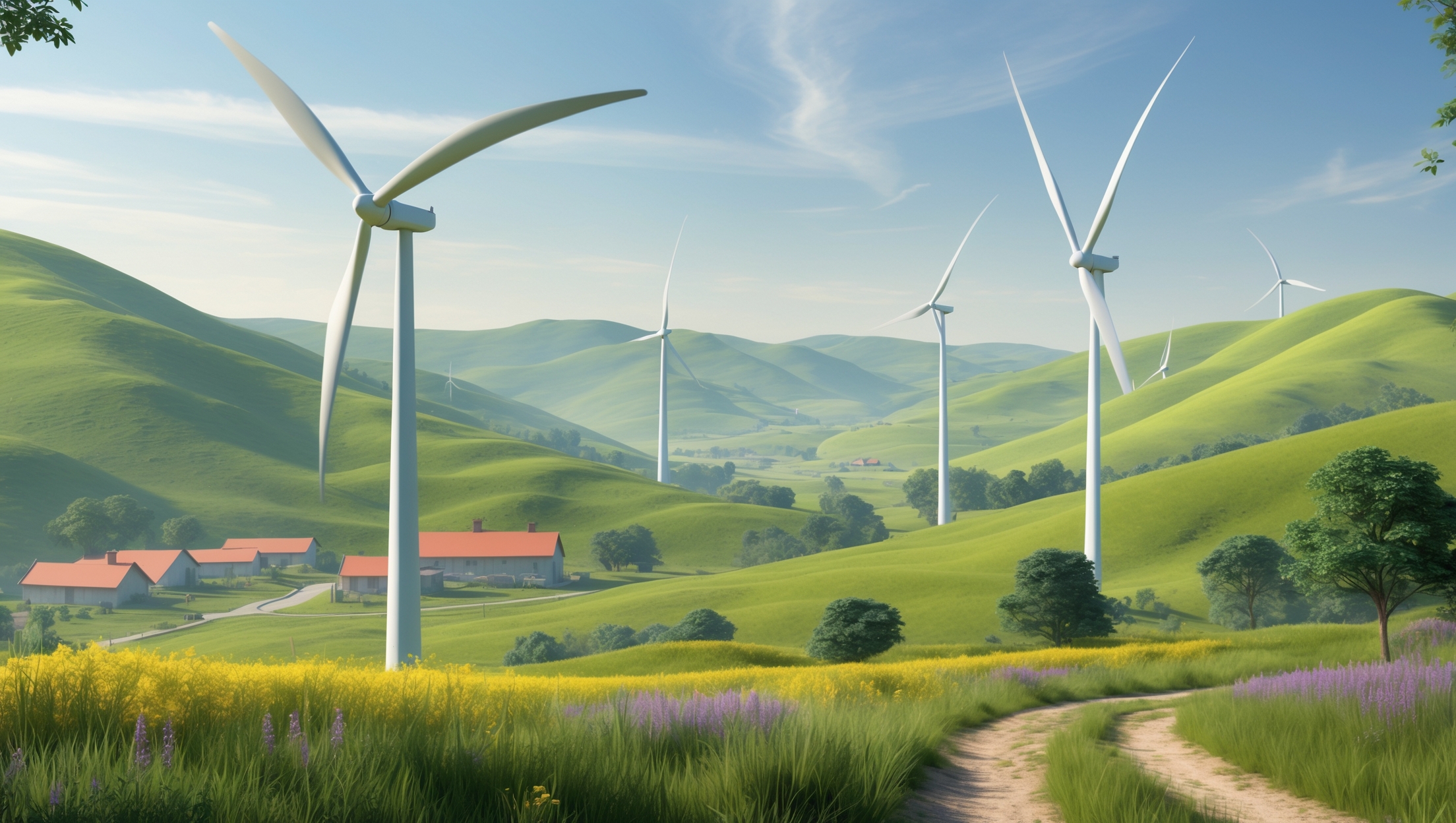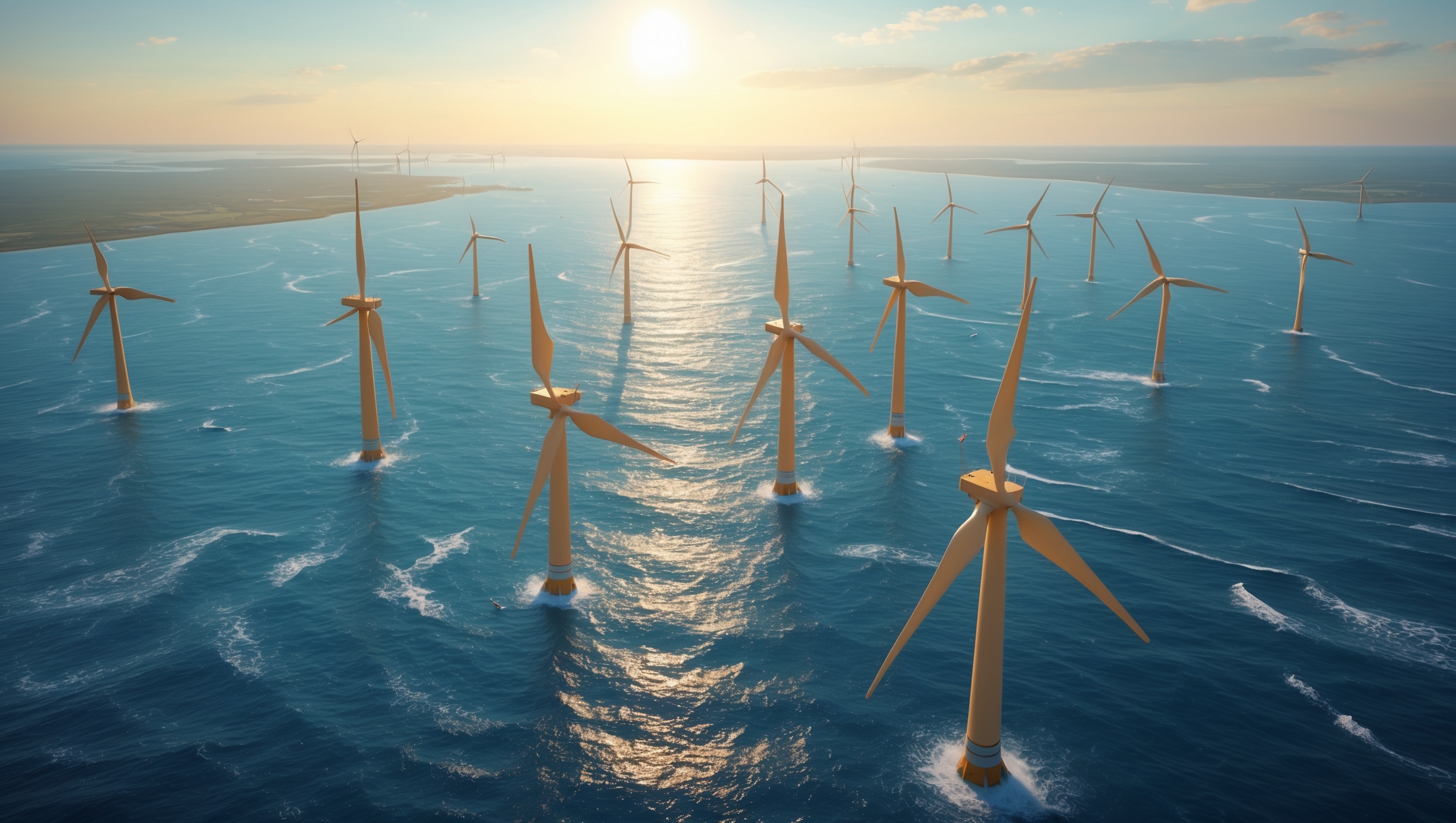Introduction: Why Marketing Matters for Community Wind Projects
The transition to sustainable energy isn’t just about choosing the right technology—it’s also about winning hearts and minds. Community-scale wind energy projects hold immense promise for local resilience, energy independence, and environmental stewardship. Yet even the most technically advanced wind installations can stumble without effective marketing and stakeholder engagement. Success depends not only on engineering but on public perception, trust, and proactive communication.
Community wind projects face unique challenges. Residents may worry about noise, wildlife impacts, or aesthetic changes. Local businesses and governments may have concerns about economic viability or regulatory hurdles. The good news? Thoughtful, strategic marketing can address skepticism, clarify benefits, and motivate collective action. This detailed guide explores practical, field-tested marketing strategies tailored specifically for community-scale wind energy ventures. Whether you’re a project developer, cooperative leader, or sustainability advocate, you’ll find actionable steps to foster local support and long-term success.
Understanding the Community Context
Assessing Community Values and Priorities
Before crafting any marketing plan, it’s vital to understand the community’s identity, concerns, and aspirations. Conduct surveys, host listening sessions, and review local news to map out:
- Attitudes toward renewable energy and wind power specifically
- Economic priorities (jobs, local investment, energy costs)
- Environmental values (wildlife, landscape, climate action)
- Previous experiences with infrastructure projects
Tailoring your messaging to resonate with these values ensures relevance and authenticity.
Identifying Stakeholders
Effective marketing isn’t just about the general public. Identify and map the full spectrum of stakeholders:
- Residents and landowners
- Local businesses and employers
- Municipal officials and regulators
- Environmental and civic organizations
- Schools and educational institutions
Each group may have different interests and potential reservations. Segment your outreach to address their specific concerns and highlight tailored benefits.
Building Trust Through Transparency
Open Communication Channels
Early, honest communication is the bedrock of community trust. Establish multiple channels for two-way feedback:
- Project website with regular updates and FAQs
- Social media pages for sharing news and soliciting questions
- Monthly newsletters (print and digital) for ongoing engagement
- Dedicated project contact (phone/email) for inquiries
Demonstrate responsiveness by publishing responses to common questions and concerns. Use plain language and avoid jargon.
Public Information Sessions
Host in-person and virtual forums to present project details, timelines, and anticipated impacts. Provide visual aids like turbine renderings, site maps, and noise contour diagrams. Invite independent experts to speak on environmental and economic topics. Ensure every session includes ample time for Q&A.
Transparent Data Sharing
Publish key data points on your website and in handouts, including:
- Projected and actual energy output
- Environmental assessments
- Economic impact studies (jobs, tax revenues, local contracts)
- Ongoing monitoring results (wildlife, noise, shadow flicker)
Present both the benefits and limitations candidly. Acknowledging challenges builds credibility.
Leveraging Local Partnerships
Partnering with Community Organizations
Alliances with established local groups can amplify your message and extend your reach. Consider partnerships with:
- Environmental nonprofits and conservation groups
- Chambers of commerce and small business associations
- Farmers’ cooperatives and land trusts
- Local schools and colleges (for educational projects and tours)
Joint events, co-branded materials, and mutual endorsements can help legitimize your project in the eyes of the community.
Engaging Local Media
Local newspapers, radio, and TV remain powerful tools for community awareness. Develop press releases, op-eds, and feature stories showcasing:
- Personal stories from community members involved in the project
- Milestones and construction updates
- Economic and educational benefits
Invite journalists to site tours and provide high-quality photos and video clips to facilitate coverage.
Crafting Compelling Messages
Addressing Common Concerns Head-On
Don’t shy away from topics like noise, wildlife, or aesthetics. Prepare fact sheets and short videos explaining:
- How modern wind turbines minimize noise and visual impact
- Steps taken to protect birds and bats
- Land use and agricultural compatibility
Include testimonials from nearby residents and landowners, as well as third-party studies.
Highlighting Tangible Benefits
Emphasize locally relevant advantages such as:
- Reduced energy bills for participants or the community
- New local jobs during construction and operation
- Tax revenues funding schools, parks, or emergency services
- Educational programs and STEM opportunities for students
Quantify benefits clearly: “This project will provide enough clean electricity for 500 homes and contribute $100,000 annually to local budgets.”
Visual Storytelling
People connect with images and stories. Invest in:
- Drone footage and time-lapse videos of construction progress
- Photo essays featuring community members and local scenery
- Infographics breaking down complex data into digestible visuals
Share these assets widely across social media, presentations, and printed materials.
Grassroots Engagement Tactics
Community Advisory Boards
Form a board of local stakeholders to provide input and act as ambassadors. Include representatives from diverse backgrounds—residents, business owners, environmental advocates, and youth. Advisory boards can help anticipate concerns, validate decisions, and spread accurate information through their networks.
Site Tours and Open Houses
Seeing is believing. Organize tours of existing wind projects or your own construction site. Allow residents to observe turbines up close, ask questions, and meet the project team. Host open houses with interactive displays, refreshments from local vendors, and hands-on educational activities for families.
Community Benefit Funds and Revenue Sharing
Set aside a portion of project revenues for local grants, scholarships, or infrastructure improvements. Publicize how these funds are used and solicit community input on spending priorities. Transparent, visible reinvestment fosters goodwill and a shared sense of ownership.
Digital Marketing and Outreach
Optimizing Your Project Website
Your website is the digital hub for information and engagement. Ensure it includes:
- Clear, jargon-free project overview
- Interactive maps and visualizations
- Event calendar
- Document library (studies, permits, recordings)
- Feedback forms and contact info
Make your site mobile-friendly and accessible for all users.
Targeted Social Media Campaigns
Choose platforms popular with your audience (e.g., Facebook for older residents, Instagram for younger demographics). Post regular updates, behind-the-scenes photos, and live Q&As. Use targeted advertising to reach specific zip codes, interest groups, or stakeholder segments.
Email Newsletters and SMS Updates
Invite residents to sign up for periodic updates. Respect privacy and allow easy opt-out. Use newsletters to highlight milestones, upcoming events, and ways to get involved. For urgent updates (like construction schedules), consider SMS alerts for subscribers.
Measuring Success and Adapting Your Strategy
Setting Metrics and KPIs
Define clear metrics to track marketing effectiveness, such as:
- Attendance at public meetings and site tours
- Website and social media engagement rates
- Volume and sentiment of public feedback
- Media coverage (quantity and tone)
- Community survey results (support/opposition levels)
Review these metrics regularly and adjust tactics as needed.
Gathering and Responding to Feedback
Solicit ongoing input through surveys, comment boxes, and advisory boards. Demonstrate that feedback leads to real changes—whether in project design, community benefits, or communication methods. Publicly acknowledge suggestions and describe your response process.
Overcoming Obstacles: Lessons from the Field
Handling Opposition and Misinformation
Expect that some resistance is inevitable. Establish a clear, respectful process for addressing concerns:
- Respond promptly to rumors with factual clarifications
- Hold listening sessions specifically for opponents
- Involve trusted local leaders as mediators when needed
Don’t dismiss criticism—use it as an opportunity to educate and build dialogue.
Ensuring Long-Term Engagement
Marketing doesn’t end once the turbines are spinning. Continue outreach post-construction by:
- Publishing annual reports on energy generation and community benefits
- Hosting yearly open houses and school field trips
- Inviting community members to participate in ongoing monitoring or advisory roles
Long-term transparency ensures continued goodwill and positions your project as a valued local asset.
Conclusion: Marketing as Community Building
In the world of community-scale wind energy, marketing is more than promotion—it’s the foundation of successful, resilient projects. Effective strategies revolve around trust, transparency, and authentic engagement. By understanding local values, proactively addressing concerns, and communicating tangible benefits, project leaders can transform skepticism into support and turn abstract sustainability goals into shared community pride.
The most successful projects are those where residents feel heard, informed, and directly invested in the outcome. Thoughtful marketing not only secures permits and smooths construction but also lays the groundwork for long-term collaboration, educational opportunities, and economic vitality. As the demand for clean energy grows, community-scale wind projects that prioritize genuine, two-way communication will lead the way—delivering both environmental and social dividends for generations to come.
Whether you’re just starting your wind energy journey or seeking to revitalize a stalled initiative, remember: every conversation, partnership, and public update is a step toward a more sustainable, empowered future. Build your marketing plan with care, and you’ll find the community becomes your project’s strongest advocate.





Are there any recommended budget guidelines or low-cost marketing approaches for smaller community wind projects that may not have access to large resources?
For smaller community wind projects with limited budgets, focus on grassroots marketing tactics like hosting local events, partnering with community organizations, and using social media for organic outreach. Flyers, local press releases, and word-of-mouth campaigns are cost-effective. Consider dedicating a modest budget to boosting social media posts or printing materials, but most engagement can happen with volunteer support and local partnerships.
Do you have any suggestions on how to handle situations where community surveys show strong concerns about wildlife impacts, even after sharing data on minimal effects? Are there particular messaging strategies that have proven effective when addressing these specific environmental worries?
When wildlife concerns persist, it’s helpful to acknowledge these worries directly and show empathy. Highlight independent studies and involve local wildlife experts or conservation groups in Q&A sessions. Encouraging site visits or virtual tours where people can see mitigation measures in action also helps. Framing your messaging around shared values—such as protecting habitats while promoting clean energy—often resonates more than just presenting data.